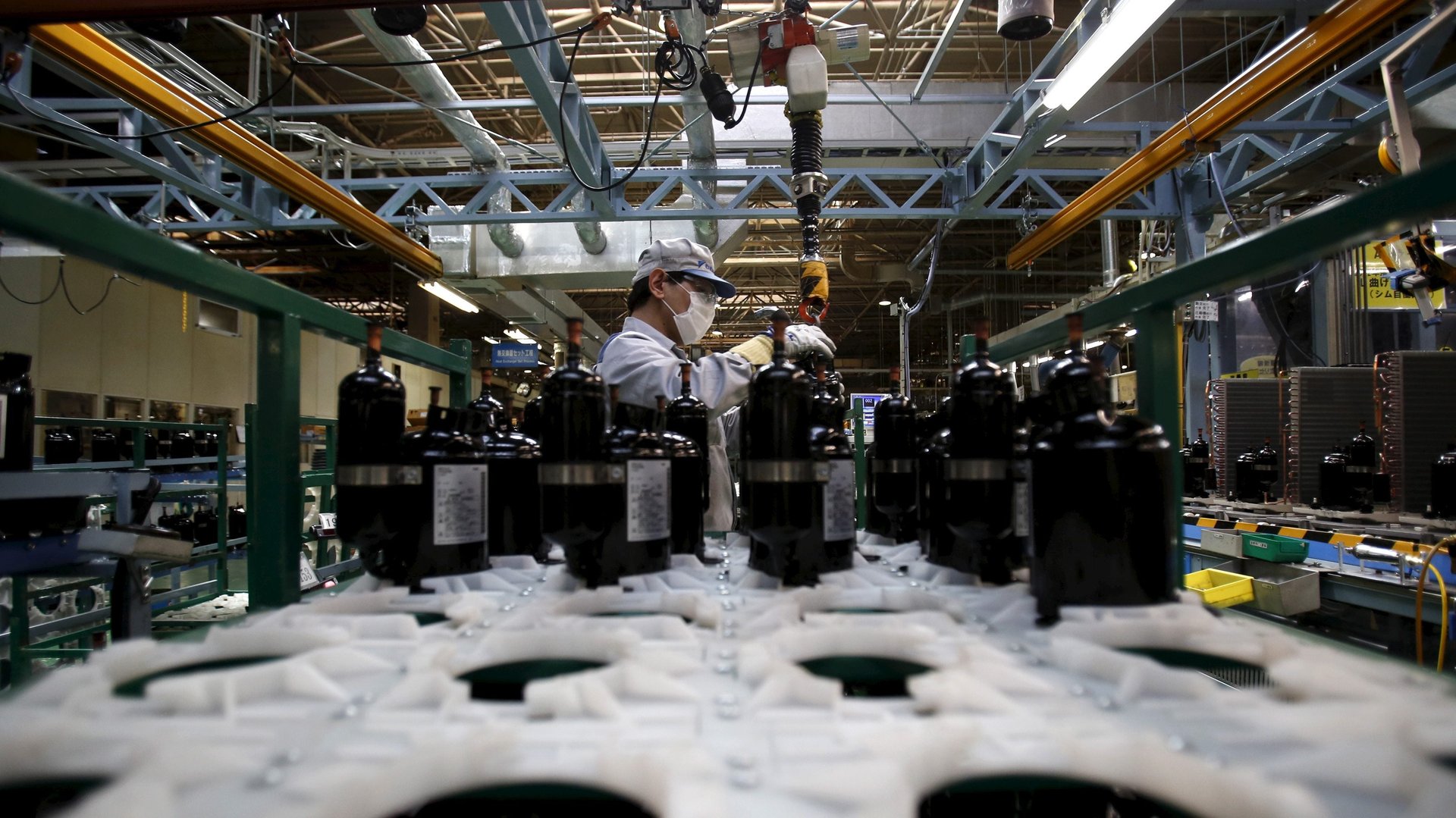The US stimulus bill could be the most important climate legislation Congress has ever passed
The stimulus bill that appears likely to pass the US Congress this week won’t just help the economy—it could help save the climate.


The stimulus bill that appears likely to pass the US Congress this week won’t just help the economy—it could help save the climate.
Congress is preparing to vote on a $900 billion pandemic relief and stimulus package, the first such legislation since March. The bill, coming after a long slog of negotiations between Democratic and Republican leaders and Trump administration officials, would offer $600 payments to Americans earning below $75,000 as well as billions of dollars in support for small and large businesses.
But the bill also contains a surprise bonus for the climate: a bipartisan measure to enact new limits on hydrofluorocarbons (HFCs), an extremely potent greenhouse gas used in air conditioning and refrigeration. Although HFC emissions account for just a few percentage points of the global greenhouse footprint, they’re 12,000 times more effective at trapping heat than carbon dioxide.
In 2016, the world came together to curb harmful HFCs when 197 countries signed Kigali amendment to the Montreal Protocol—but the US wasn’t among them. Now, the stimulus bill would force the US into compliance with the amendment. That agreement alone, with US participation, could shave half a degree Celsius off global temperatures by 2100, according to the World Resources Institute—one-third of the Paris agreement’s goal of 1.5°C.
“In curbing the use of dangerous HFCs, this is one of the most significant pieces of climate legislation that Congress has passed in its history,” Andrew Steer, WRI’s president, said in a statement. “While the bill was hard fought, it reflects the reality that Congress can move forward in a bipartisan way on climate-smart policies that are good for people and the economy.”
The Kigali amendment requires companies to cut their use of HFCs to about 15% of 2012 levels by 2036, and has been widely supported by refrigerant industry groups, Republicans, and the US Chamber of Commerce as a prerequisite for US competition in the global refrigerant market. That appears to have made it a vanishingly rare point of Congressional consensus on climate.
It also tees up the most significant expansion of US climate law since 2007, when the Supreme Court ruled that the Environmental Protection Agency can regulate greenhouse gases under the Clean Air Act. Efforts by US president-elect Joe Biden to curb CO2 and methane produced by the energy industry will likely rely on that authority, not new laws.
While HFC regulation is the crowning jewel of the bill’s climate action items, it also includes $35.2 billion for research on carbon removal, renewables, energy storage, and other low-carbon technologies, as well as extending key tax clean energy tax credits. With just a month until Biden’s inauguration, the stimulus sets up president Donald Trump—who spent the last four years dismantling climate policies and quitting the Paris agreement—to leave a lasting, positive impact on the climate.